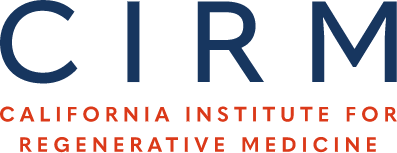Chemically engineered photoreceptors for vision restoration in retinal degeneration associated blindness.
Grant Award Details
Grant Type:
Grant Number:
DISC2-16772
Investigator(s):
Disease Focus:
Human Stem Cell Use:
Award Value:
$1,711,000
Status:
Active
Grant Application Details
Application Title:
Chemically engineered photoreceptors for vision restoration in retinal degeneration associated blindness.
Public Abstract:
Research Objective
This proposal will develop a cell-based therapy that can restore vision in retinal degeneration associated blindness such as Stargardt disease and age-related macular degeneration.
Impact
Chemically induced method will overcome inefficient differentiation techniques, potential insertional mutagenesis and time intensive quality assessment associated with pluripotent stem cells.
Major Proposed Activities
This proposal will develop a cell-based therapy that can restore vision in retinal degeneration associated blindness such as Stargardt disease and age-related macular degeneration.
Impact
Chemically induced method will overcome inefficient differentiation techniques, potential insertional mutagenesis and time intensive quality assessment associated with pluripotent stem cells.
Major Proposed Activities
- Human skin fibroblasts will be chemically induced to candidate photoreceptor cells. Chemically induced cells will be isolated and assessed for gene expression signature by single cell RNA sequencing.
- Skin fibroblasts derived isolated chemically induced photoreceptor cells will be assessed for chromatin signature by single cell chromatin sequencing methods.
- Function of chemically induced photoreceptor cells will be assessed by microscopic evaluation of calcium influx/efflux upon light stimulation and chemical treatments.
- Isolated chemically induced photoreceptor cells will be injected into the retina of the rodent eyes to examine their potential for integration and survival inside the retina.
- Chemically induced photoreceptors will be injected into the eyes of blind mice and rats followed by assessment of vision restoration by retinal electrophysiological & visual behavior tests.
- Toxicity and mechanism of vision restoration after chemically induced photoreceptor injection will be assessed by microscopic analysis of transplanted retinal tissues.
Statement of Benefit to California:
Photoreceptor-loss induced retinal degenerations affects diverse human racial and ethnic groups from all over the world including California. The proposed research will include fibroblast from diverse human ethnic groups for the generation of candidate photoreceptor cells. Successful generation of candidate cells followed by vision restoration in preclinical animal models would pave the way for the application of this approach in a diverse human population including citizens of California.



